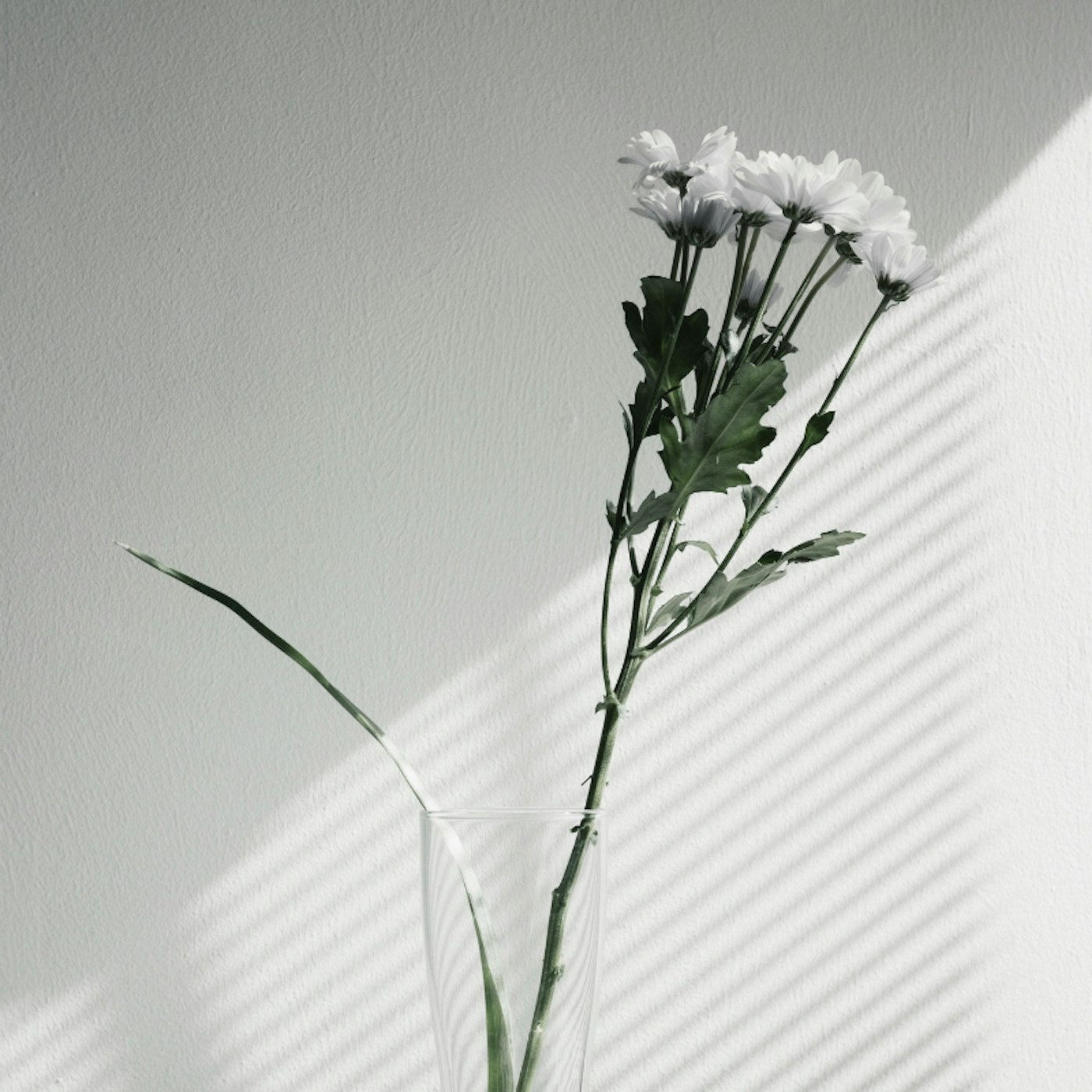
“ The only darkness we should allow into our lives is the night, and even then we have the moon.” – Warsan Shire
Learning to be mindful of what we store and release within our bodies, is an often overlooked opportunity to expand our hearts and deepen our spiritual vigilance. We exist within a world that is often intolerant of emotional pain and too often we cope with its presence by burying our heartache so deeply we no longer recall where it resides.
Internal healing can be challenging, but through devotion and self-surrender, spiritual renewal can be found within the sanctuary of prayer. Supplication is as important to the human psyche as air is to the physical body. It is one of our most underused and underestimated spiritual tools. The beauty that arises in listening and speaking truthfully during acts of remembrance is directly connected to our ability to remove all barriers that prevent us from being vulnerable. In this state of devotion, that we open the whole of our being to God; extending ourselves beyond the pain and chaos of this world. Wounds are often openings to the most beautiful parts of the soul, but if left unattended each wound becomes an internal scar. Grief is the glue that keeps us stuck in the past. Faith and vulnerability are the solvents that set us free. Prayer begins in the heart, thus it should be reclaimed as a spiritual compass and mending place for the spirit. Every grievance we hold removes light from this world. And every scar we nurture restores that light.
As a child, my grandmother encouraged me to utilize prayer as a vessel of spiritual comfort and protection. Supplication was a spiritual gift offering a direct pathway to divine mercy. In her life prayer was medicine, a consistent reminder that one should allow pain to visit, to leave its lessons, but never to overstay its welcome. In my youth, my reaction to suffering was to recoil and place armor around my heart. And the wounds I consistently refused to nurse, grew into scars. I struggled with focusing my attention on hope and possibility and instead became enamoured with the process of building protective walls. But it is impossible to selectively numb emotions. In an effort to shield myself from pain, I inadvertently created barriers shielding and inhibiting the possibility of joy and growth. The process of getting to the other side of discomfort seemed impossible. I could visualize the steps but the path towards healing appeared difficult and out of reach. My fear of vulnerability was an anticipation of future pain. In time, I discovered that embracing vulnerability and overcoming the urge to numb difficult emotions increased my ability to nourish my spirit through prayer. Vulnerability is a pathway towards love, healing, and courage, a source of perseverance, and possibility.
We cultivate healing when we allow our most vulnerable parts to be seen. In the absence of fear, one can experience an awakening of self-compassion a sacred map revealing the importance of tenderness and kindness turned inward. It’s important to remember that the unfolding of one’s spiritual path is complex. We must also recognize that transformation is a process: in some areas, one may be able to overcome obstacles and experience liberation. In other areas, however, there may be unaddressed areas of pain and anxiety. We exist in an imperfect world, surrounded by imperfect beings, unpredictability, and adversity. There is much to contend with in this world, and our ability to prevent difficulty is quite limited. We simply lack the power to safeguard ourselves from every heartache. Knowing this should not compel us to build protective walls. Instead, we should aim to utilize prayer as both an invaluable instrument and strategy for deep healing. God is merciful, uncreated and not subject to change, thus it is eternally safe to use prayer to unpack our dreams, hardships, and tears.
If we desire greater clarity in our purpose or deeper and more meaningful spiritual lives, vulnerability must be an essential component in our spiritual toolbox. Quieting the mind of past hardships, allows the heart to seek a spiritual practice which has the potential to draw us closer to our core, to humanity, to the earth, to all heavenly creatures that surround us. God beckons us to trust the process, to bind ourselves to faith. Its power lies beyond the material world, beyond what can be measured or counted by our limited vision. Prayer is a sacred tool, an unseen thread aiding us in our return to God.
The Quran lovingly reminds us, “Indeed, what is to come will be better for you than what has gone by” (93:4). Growth is an active process and beautiful are those who transform their scars into wisdom by kneeling in prayer.
Click the link below to hear Rashida read out her article for the #amaliahanthologyseries over on the Amaliah Podcast. Check out all of our previous episodes there too! You can stream the Amaliah Podcast over on Acast, Spotify, Apple Podcasts and wherever else you get your podcasts!
Rashida James-Saadiya
A visual artist, writer, and cultural educator invested in transforming social perceptions through creative literature. Her work explores migration, identity, and the transmission of spirituality through poetry and song amongst Muslim women in West Africa and the American South. Also, she is an Arts & Culture editor for Sapelo Square a digital hub documenting the experience and legacy of Black Muslims in America and the Creative Director of Crossing Limits, a multi-faith non-profit organization which utilizes poetry as an instrument for social change, highlighting the intersections of faith and social injustice.